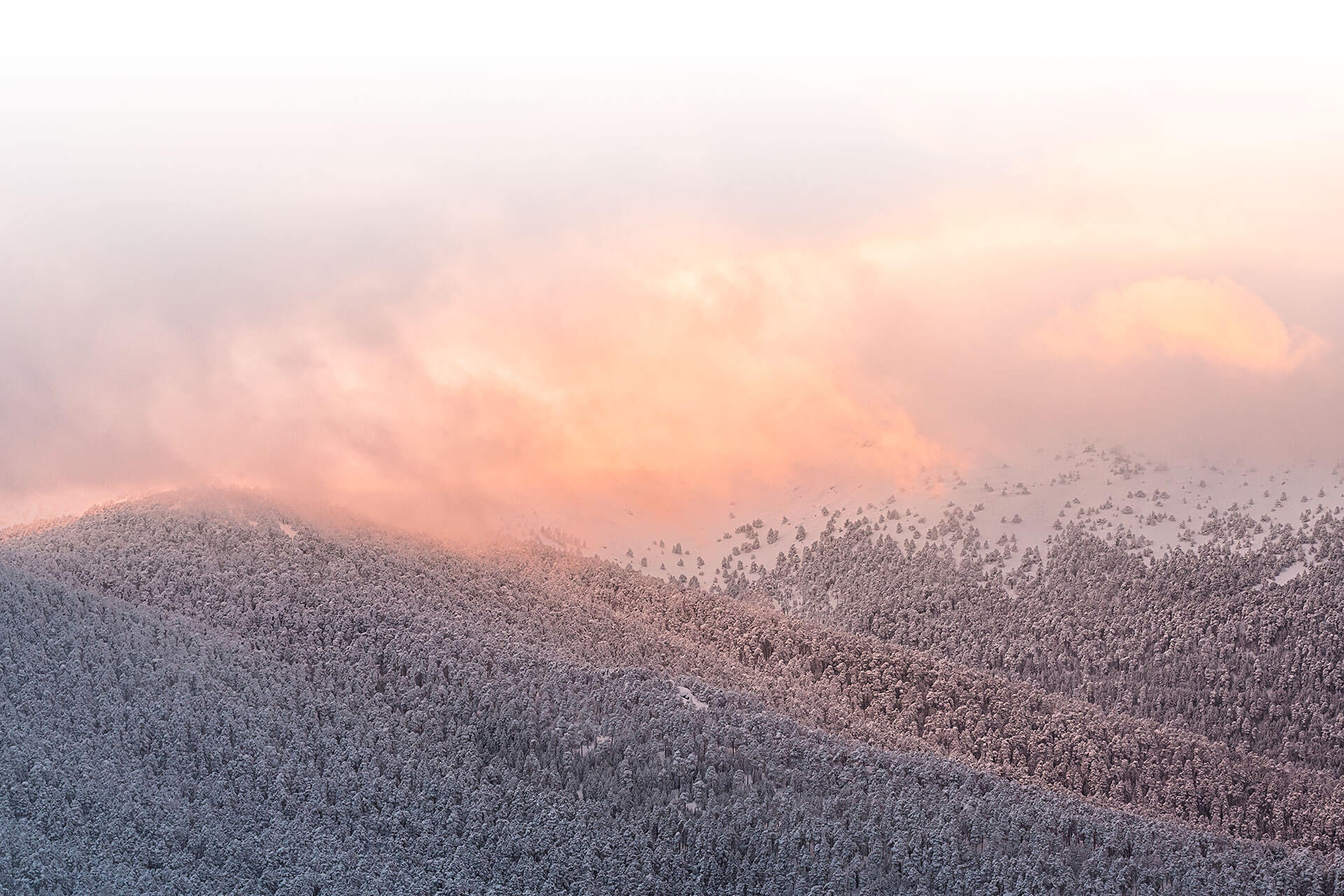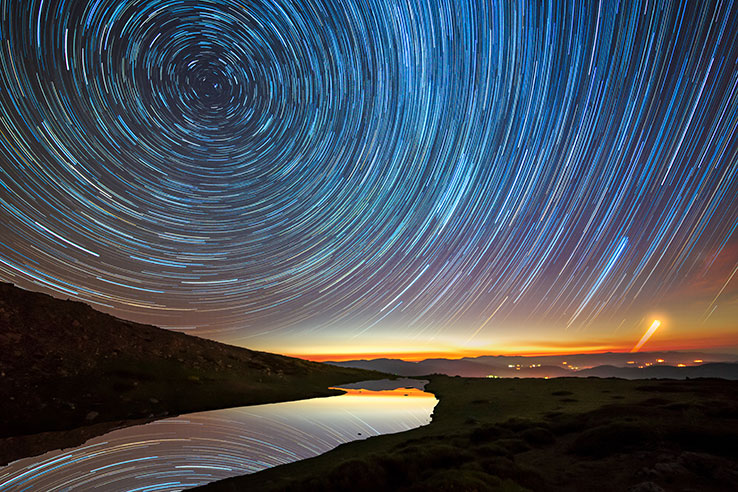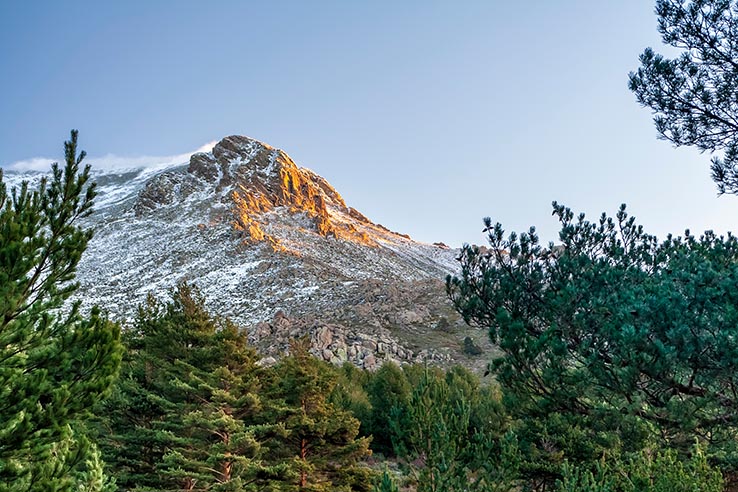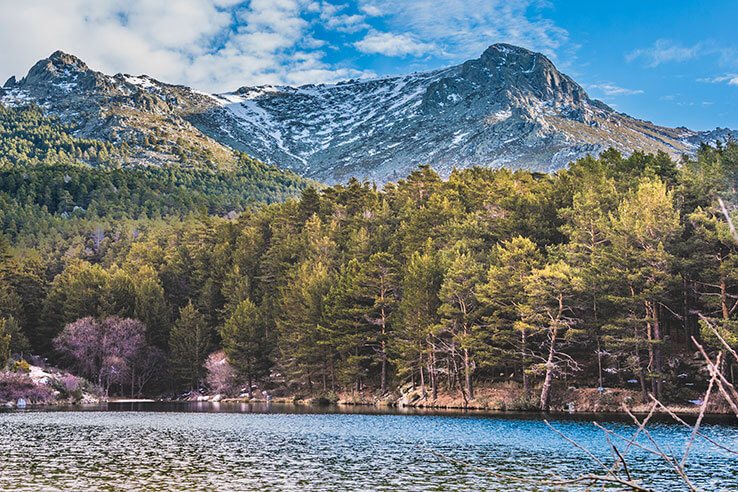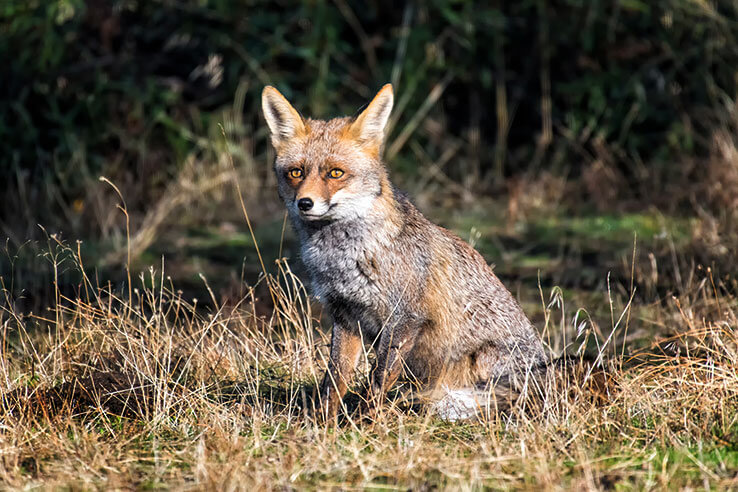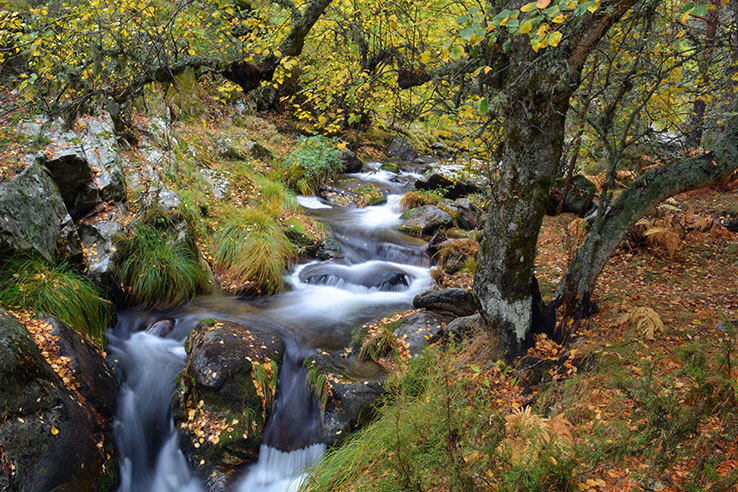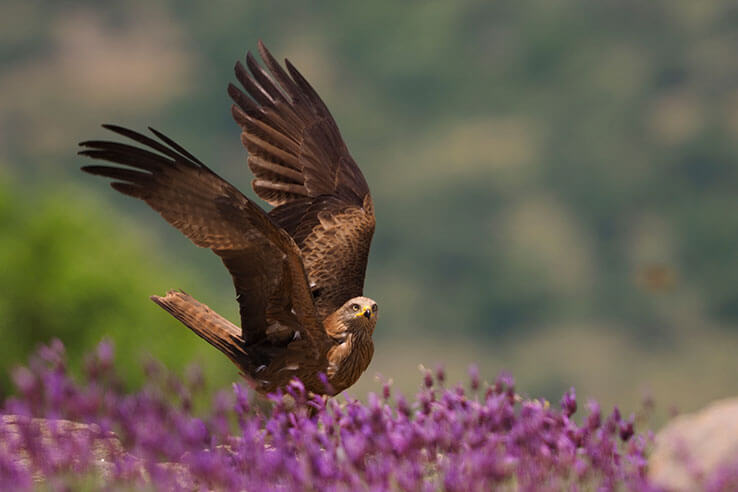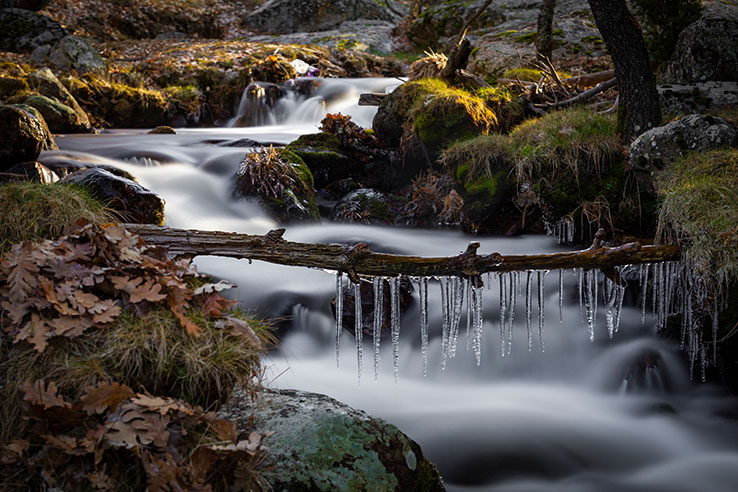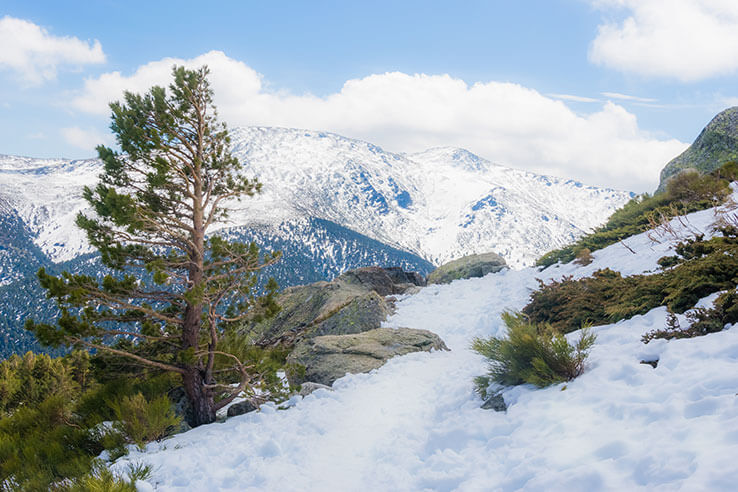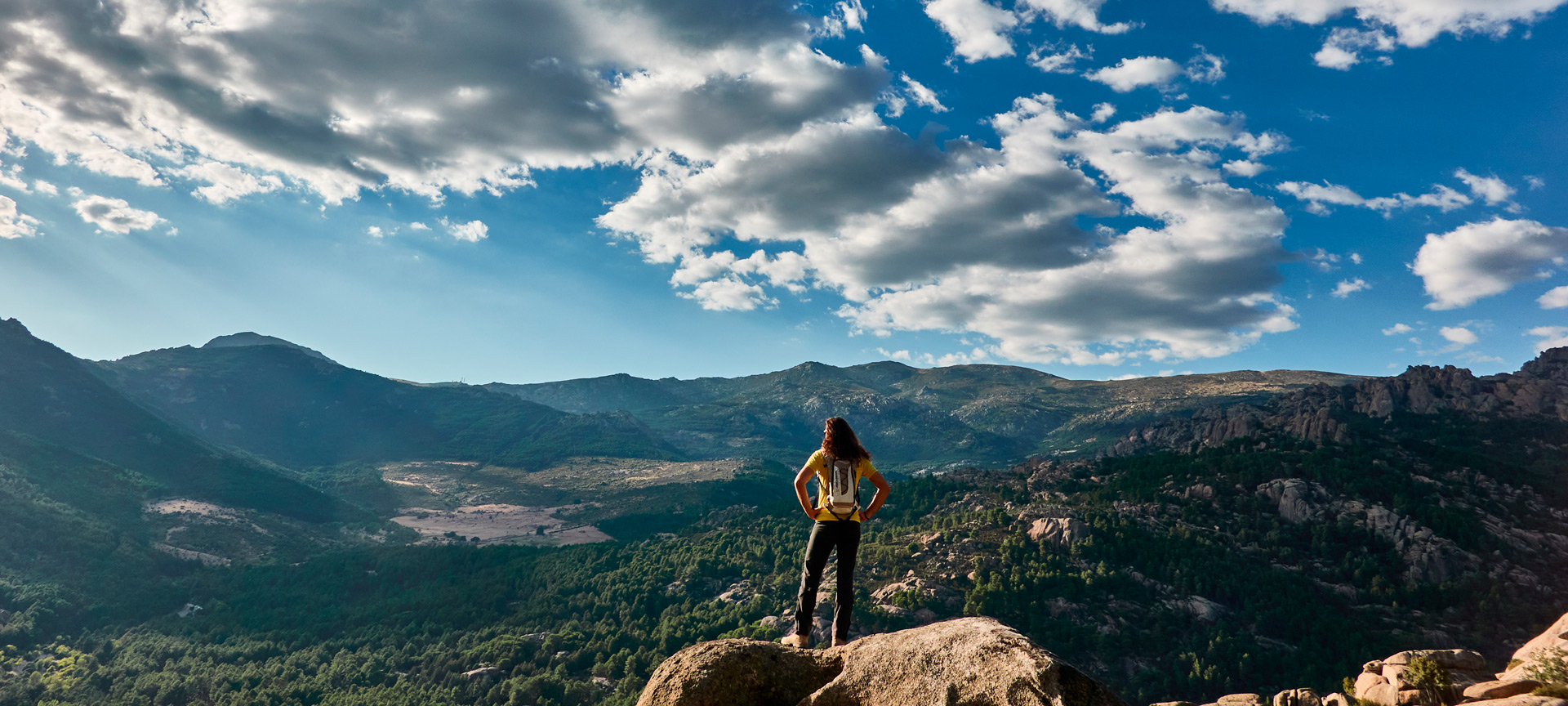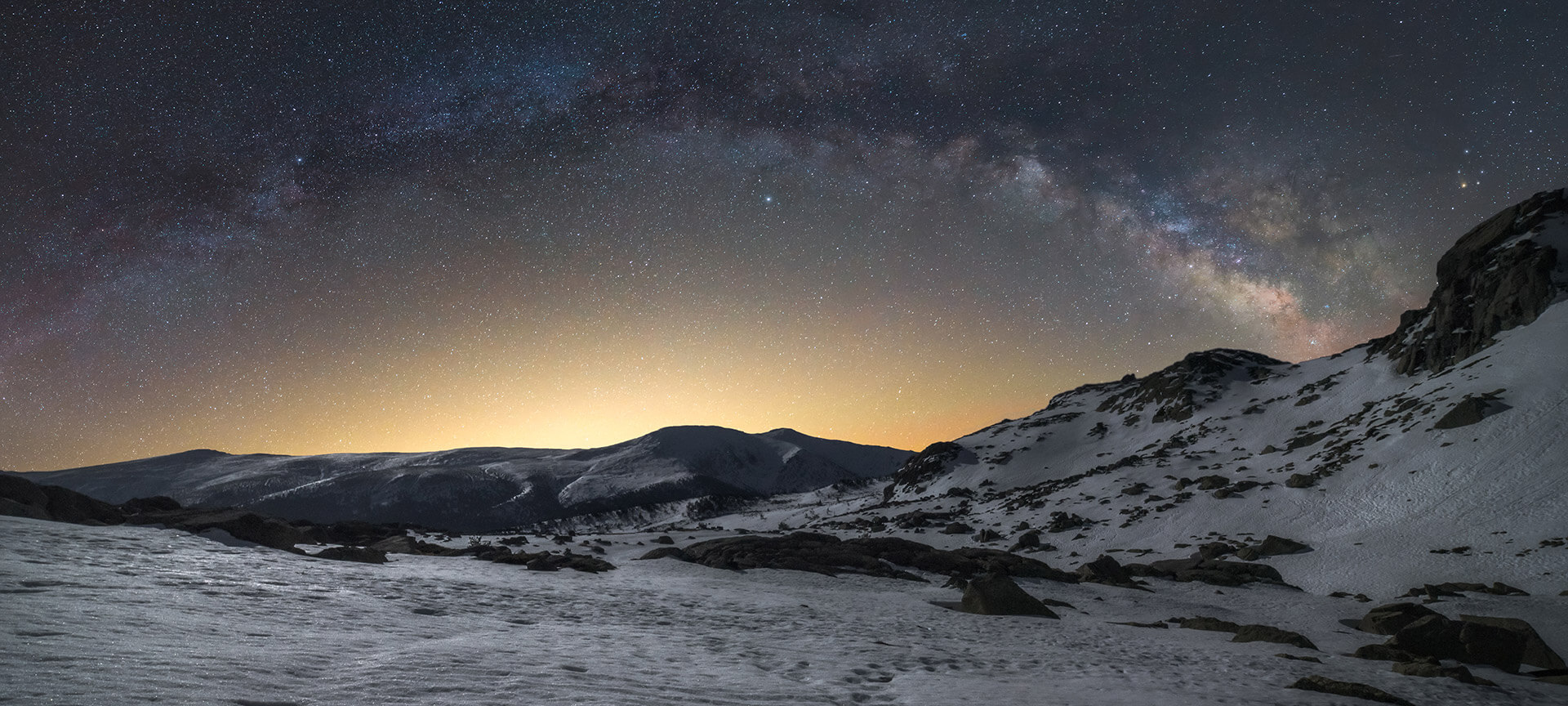
Sierra de Guadarrama National Park
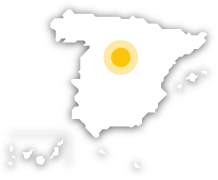
Wild nature in the centre of Spain
Mountains more than 2,000 metres high, vast forests and varied wildlife are all waiting for you at the Sierra de Guadarrama National Park. Located in the provinces of Madrid and Segovia, this park offers the chance to discover some of the best examples of Iberian nature, only one hour by car from the city of Madrid.
Sierra de Guadarrama National Park
Around 64% of the protected space lies within the region of Madrid and the rest belongs to the province of Segovia, in the region of Castile-León.
Segovia (Castilla y Leon)
Madrid (Madrid Region)
Madrid (Madrid Region):
- Alameda del Valle
- Becerril de la Sierra
- Boalo, El
- Cercedilla
- Lozoya
- Manzanares el Real
- Miraflores de la Sierra
- Navacerrada
- Navarredonda y San Mamés
- Pinilla del Valle
- Rascafría
- Soto del Real
- Aldealengua de Pedraza
- Basardilla
- Collado Hermoso
- Espinar, El
- Losa, La
- Navafría
- Navas de Riofrío
- Palazuelos de Eresma
- San Ildefonso
- Santiuste de Pedraza
- Santo Domingo de Pirón
- Segovia
- Sotosalbos
- Torre Val de San Pedro
- Torrecaballeros
- Trescasas
Segovia (Castilla y Leon):
Carretera CL-601, km. 14,3
40109 San Ildefonso, Segovia (Castilla y Leon)
Los Cotos Visitor Centre
Puerto de Los Cotos, carretera M - 604, kilómetro 42
28740 Rascafría, Madrid (Madrid Region)
Activa JS
In images
What you need to know
-
What you will find
Peñalara, the highest peak in the Madrid region, is the pinnacle of the Sierra de Guadarrama. Numerous pine forests and a few clusters of oak trees grow on the hillsides of this mountain range. Higher up, closer to the summits, they give way to the high mountain scrubland with its broom and juniper bushes. In spring, a multitude of flowers fill the mountain meadows with colour.This ecosystem provides shelter to a large number of mammals. The most well-known of these is the Iberian wolf, who once again roams these mountains. Other examples include the roe deer and the red deer, who are representative of the varied fauna that can be found close to the big city. The park is also home to various bird species, including the imposing golden eagle and black vulture, who dominate the highland skies. Small amphibians also abound, like the Iberian frog and the Carpetane rock lizard, who inhabit the wetter areas of the park.
-
Routes around the Park
There are eight signposted routes inside the park. It is wise to remember that this is a mountainous national park and the weather can be very changeable. Make sure you are dressed in appropriate clothing for rain and cold. You will also need suitable footwear for the terrain. For those who prefer not to hike, there are other options, including six cycle routes. The levels of expertise needed vary, so we recommend you check the lie of the land before organising your trip. Map of Guadarrama National Park
-
Don't leave without...
Discover the majesty of El Escorial monastery, half an hour from the park. Built during the reign of Philip II in the 16th century, it is the best example of Renaissance architecture in the whole of Spain. You will be able to view the impressive art collections that are kept inside, including pictures, tapestries, books and military effects, showing over six centuries of history.Don't forget to spend some time on the north face of the mountain range. There, in the province of Segovia, you'll find the Royal Palace of La Granja de San Ildefonso. Commissioned by Philip V in the 18th century, the gardens and fountains that surround the palace, inspired by the Palace of Versailles, form an enchanting fairytale walk.
Travel plans for inspiring you
